Framing artwork is a great way to show off your favorite pictures. It is also a practical way to add extra protection and stability to your artwork. While there are many decisions to make when framing artwork, this article will point you in the right direction so that the framing process doesn't become overwhelming for you.

Bring a Friend!
First off, find a friend whom you trust to bring with you to the framing shop. Ask someone that has good aesthetic taste, whether it be in decorating, designing, or crafting. It's always nice to have a second opinion, (and somebody to hold the frames up while you look!).
Why Frame Artwork?
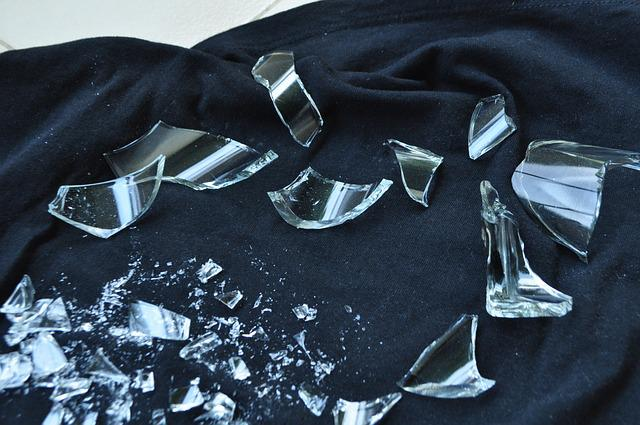
1. Protection
It's important to protect the artwork into which you have poured your time and effort. Framing artwork provides extra protection against bumps, knocks, humidity, food, and other spills or accidents. It puts one more layer between your art and the elements.
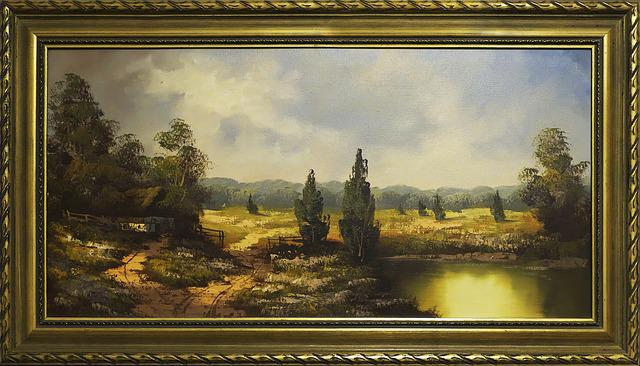
2. Compliments the picture
Frames help to bring out the mood or personality in a piece of artwork. When choosing a frame, consider what kind out feeling you want the viewer to experience. Is it modern, cold, country, dirty, dark, fresh, clean, or empty? Try to answer these questions before you get to the frame shop to narrow down your options. It is easy to spend a whole day on choosing a frame!
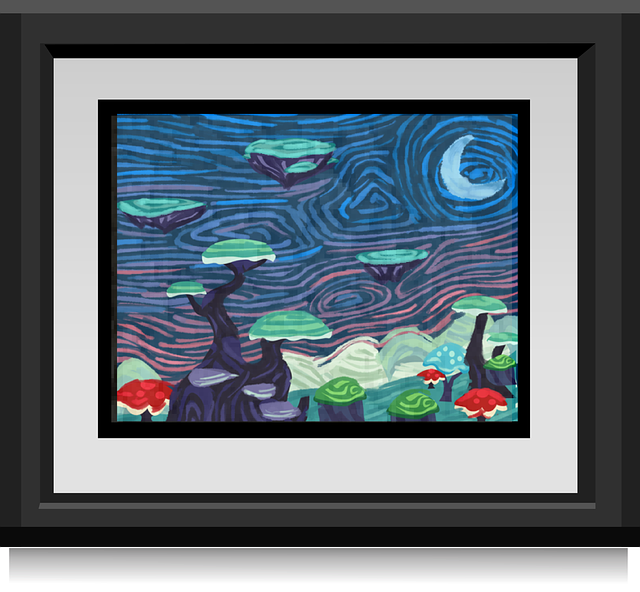
3. Brings out certain colors or textures
Some people frame their artwork to bring out particular areas with similar color or texture. For instance, if you painted a western landscape, you might want to choose a rustic wooden frame. Or if you drew a red sports car, you might want a metal frame with a stripe of red around it. These details add a lot of character to your artwork and make it pop.
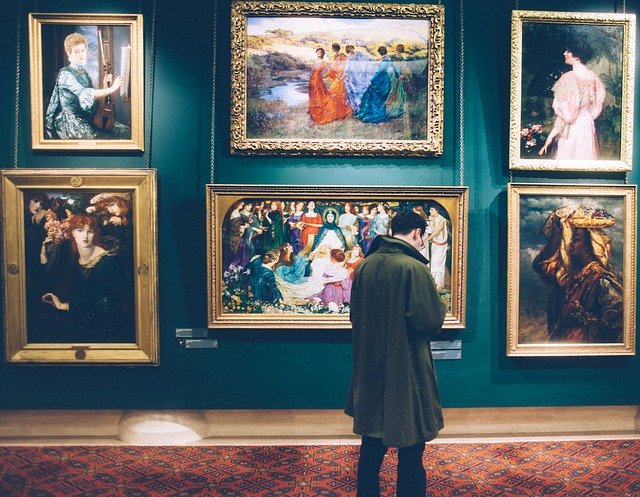
4. Looks professional
Framing artwork can add an extra touch of professionalism to your pictures. This is especially true if you are using a custom-made frame. You will feel like you have spent a little extra money on something that is really special.
There are many different types of frames available on the market today. You can find frames in all shapes and sizes, from simple wood or metal frames to elaborate and expensive glass or acrylic frames.
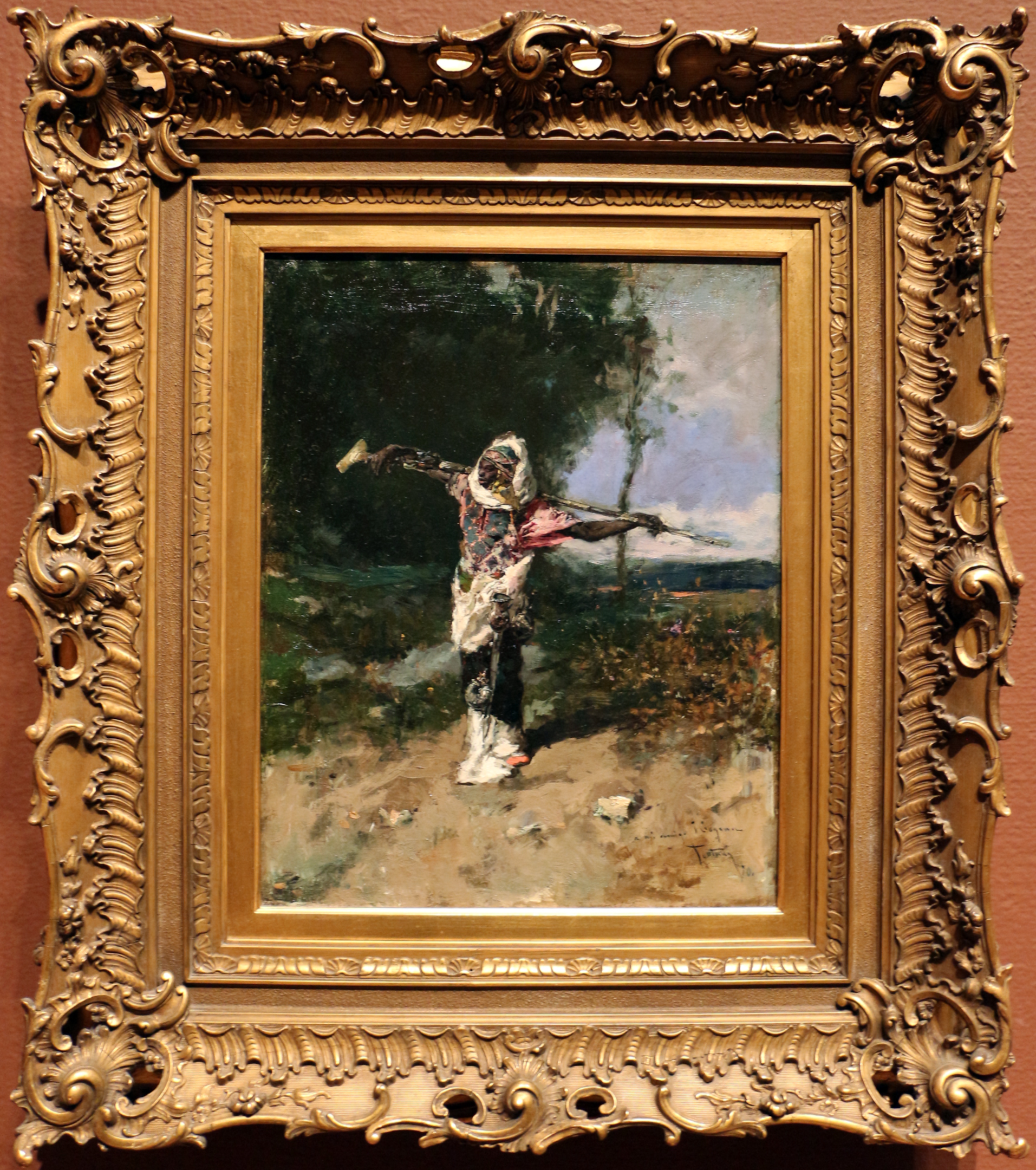
What size Frame should I get?
First of all, you need to measure the artwork you want to frame. If you are using a standard frame, the artwork should be able to fit inside the frame without any matting, cropping, or cutting. If you are using a custom-sized frame, you will need to take the exact measurement down to the last fraction of an inch.
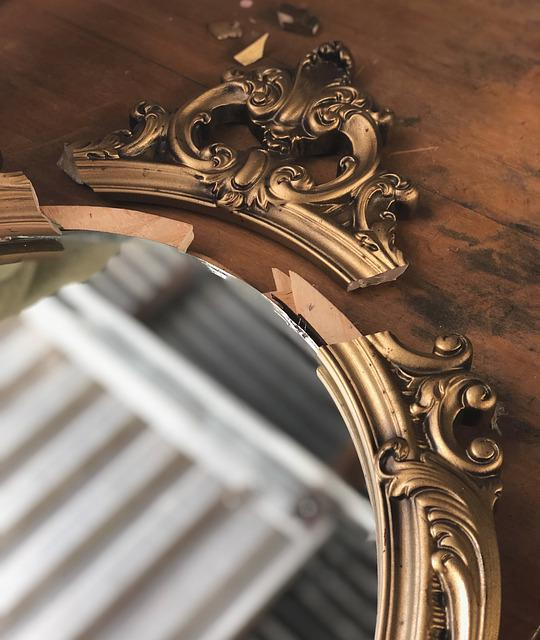
How Much Does It Cost To Frame Artwork?
There is no hard and fast answer to this question since it depends on the type of frame, the size of the artwork, and the materials used. However, in general, framing artwork costs between $15 to a few hundred dollars. You can find cheaper frames or more expensive frames, but both options will have an impact on the final cost. Generally, though, standard frames are cheapest.
Some artists like to visit thrift stores when starting a piece to find a cheap frame. However, it is difficult to find the perfect size and style with this method. You have to go into the store with an open mind and adjust with what's available.
What Type of Frame Should I Choose?
There are three main types of frames: wooden frames, metal frames, and floating frames.
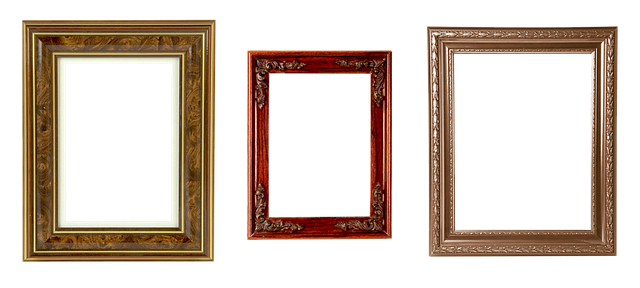
Wooden Frames:
Wooden framing is usually cheaper than metal framing, but it isn't as durable or stylish as metal framing can be. It's also prone to warping if wetted by rain or moisture. If you plan to display your artwork outdoors, wooden framing may not be the best choice because it's not resistant to weather damage .
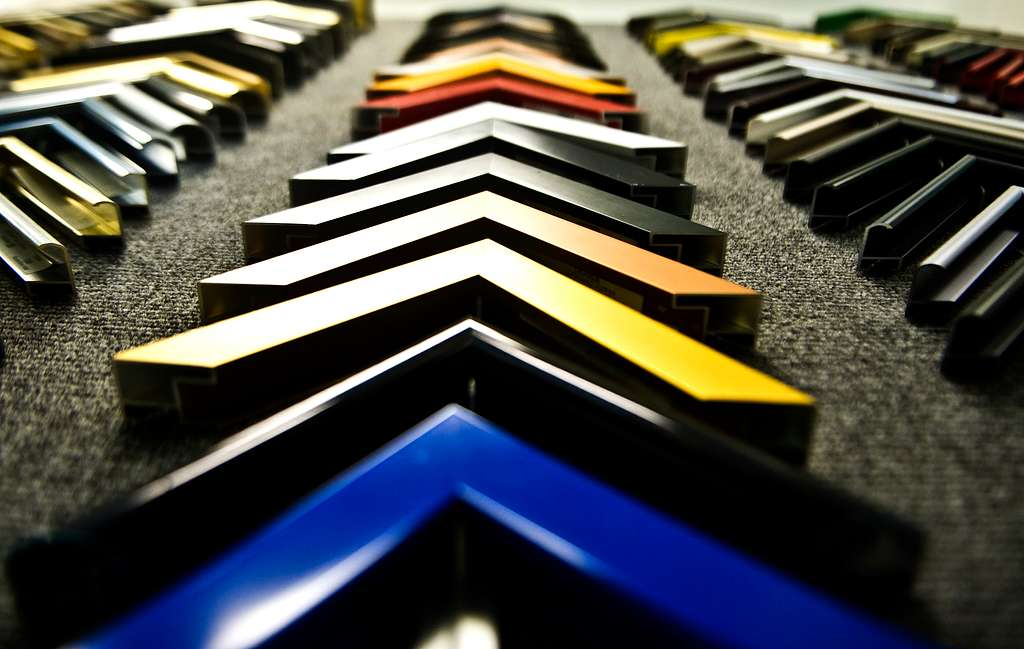
Metal Frames:
Metal framing is often considered more stylish than wooden framing and is less prone to warping or damage from moisture or weather conditions . It also tends to hold pictures tighter against the wall than wooden frames do, which gives paintings a cleaner appearance .metal framed artworks also tend to last longer than framed paintings made with wooden boards
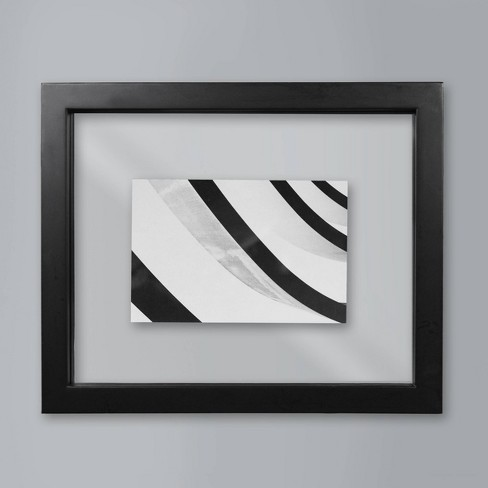
Floating Frames:
Floating frames are a newer type of frame that uses a hinge in the middle so you can open and close it like a door. They're often thought to be more stylish than traditional frames, but they do have some drawbacks. For one, they don't hold pictures as tightly against the wall as metal or wooden frames do, which can lead to paint loss or damage over time. Additionally, they may not be as easy to move if you want to change your decorating scheme or if your artwork grows too large for the original frame.
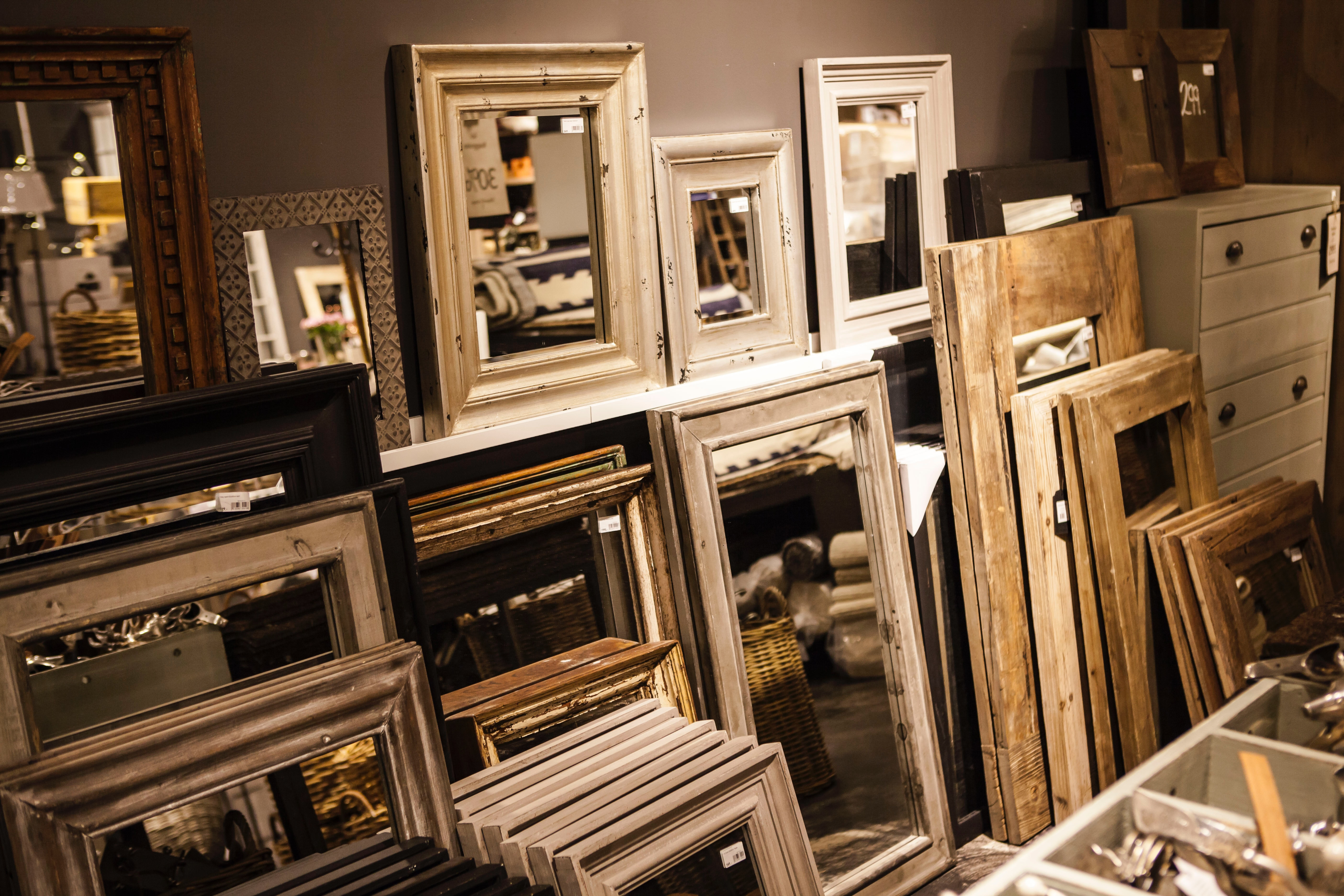
How do I Frame my Artwork?
What Should I Do if My Picture Is Too Small to Fit in a Standard Frame?
If your picture is too small to fit inside a standard frame, you will need to add a mat layer to the picture. This can be done by using foamcore or rice paper as a backing layer and then placing your picture onto it. The final cost of this process will depend on how much foamcore or rice paper you use and how large your picture is.
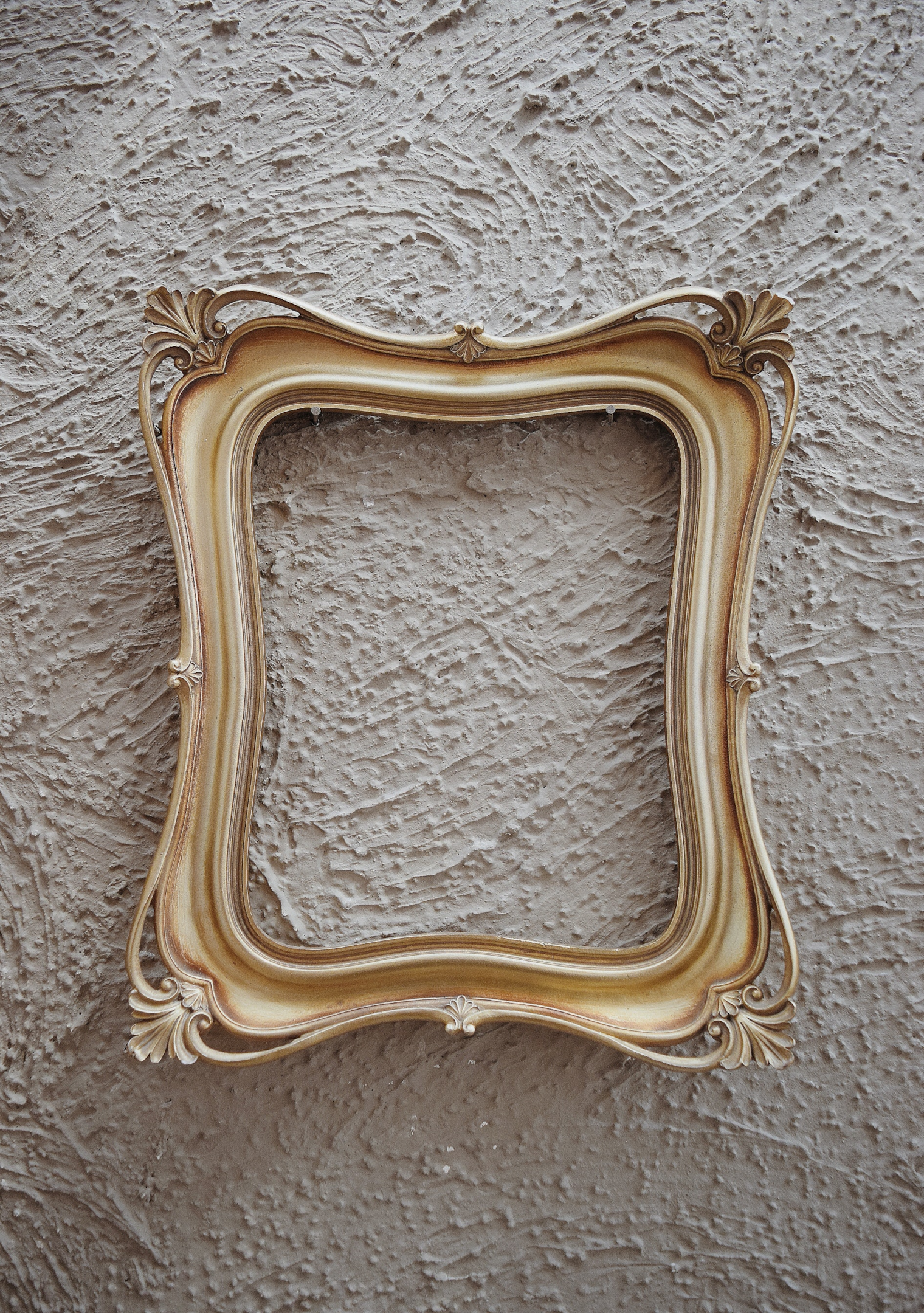
How to Frame Artwork
There are two main types of frames to use with your artwork: standard frames and custom frames.
Standard Frames:
A standard frame is a basic rectangle or square frame that's typically sold in stores and used for displaying paintings that are smaller in size than custom or mat frames. They're also less expensive than custom or mat frames but may not be as aesthetically pleasing . Standard frames may be good for paintings that don't require extra support (like framed posters), but they may not be suitable for more delicate artworks .
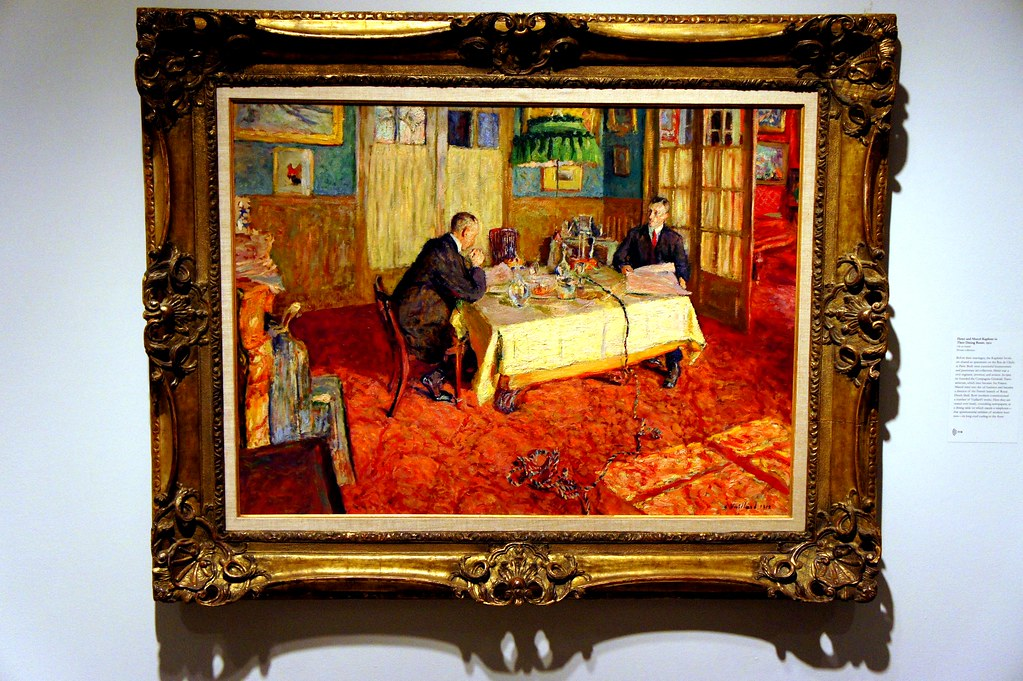
Custom Frames:
A custom frame is a specially designed frame made just for a specific painting or artwork . Custom frames can be made in any shape or size , and they usually come with mounting supplies so you can install them easily . They're often more expensive than standard frames , but they offer greater design flexibility and are generally considered more aesthetically pleasing than standard frames .
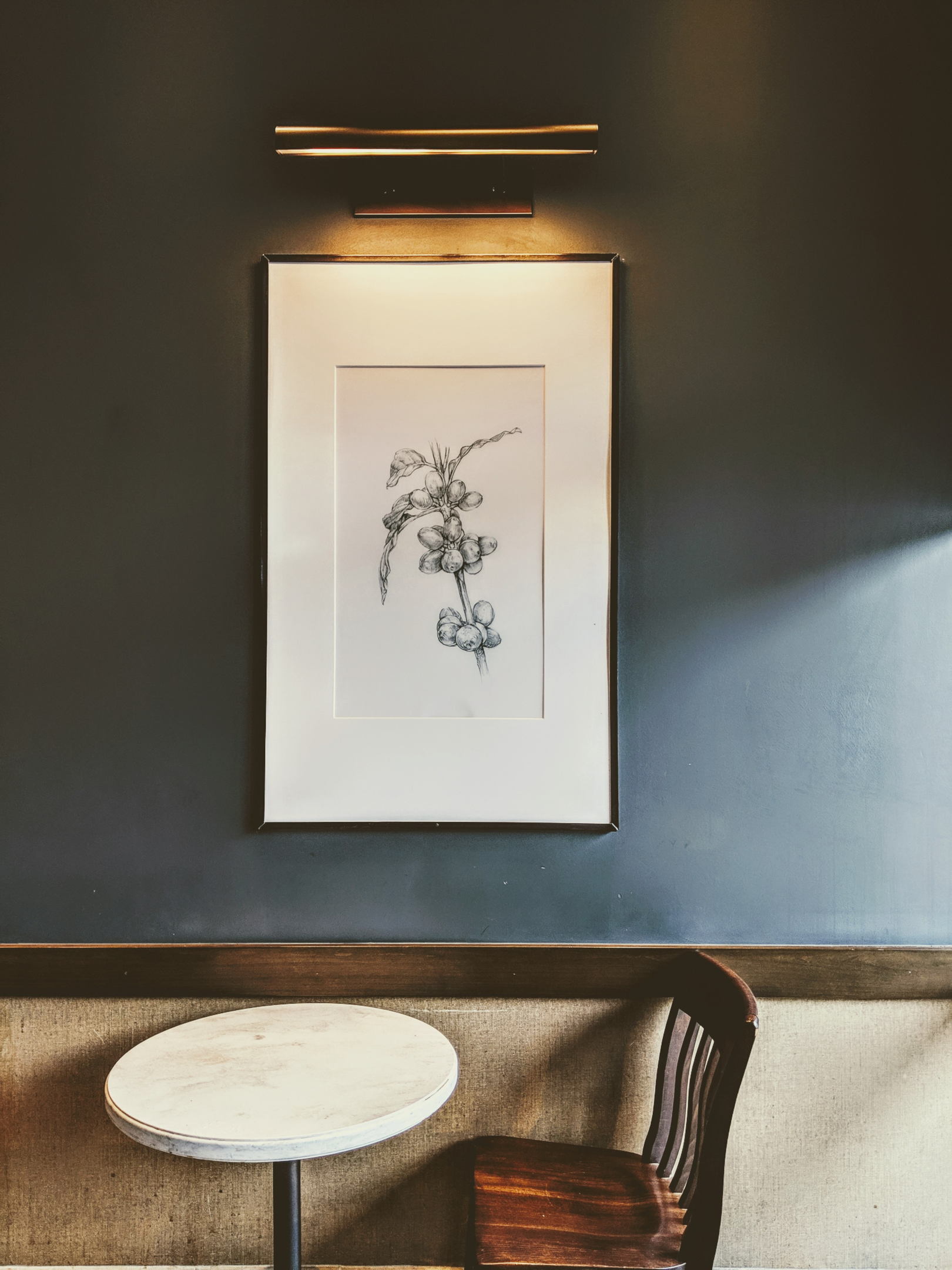
How do I Mat my Artwork?
Most dry mediums such as graphite drawing, charcoal, pastel, pen, ink, marker, colored pencils, and sometimes even watercolors are matted. This boarder of neutral or colored board adds stability to the paper and adds a nice compliment to your artwork. Some people like to go all out by adding multiple layered mats, floating mats, or reversed cut mats. All of these options are dependent on the piece you are going to frame. Ask the attendant for recommendations. They usually have some training and know what looks good together. It always helps to have a second opinion!
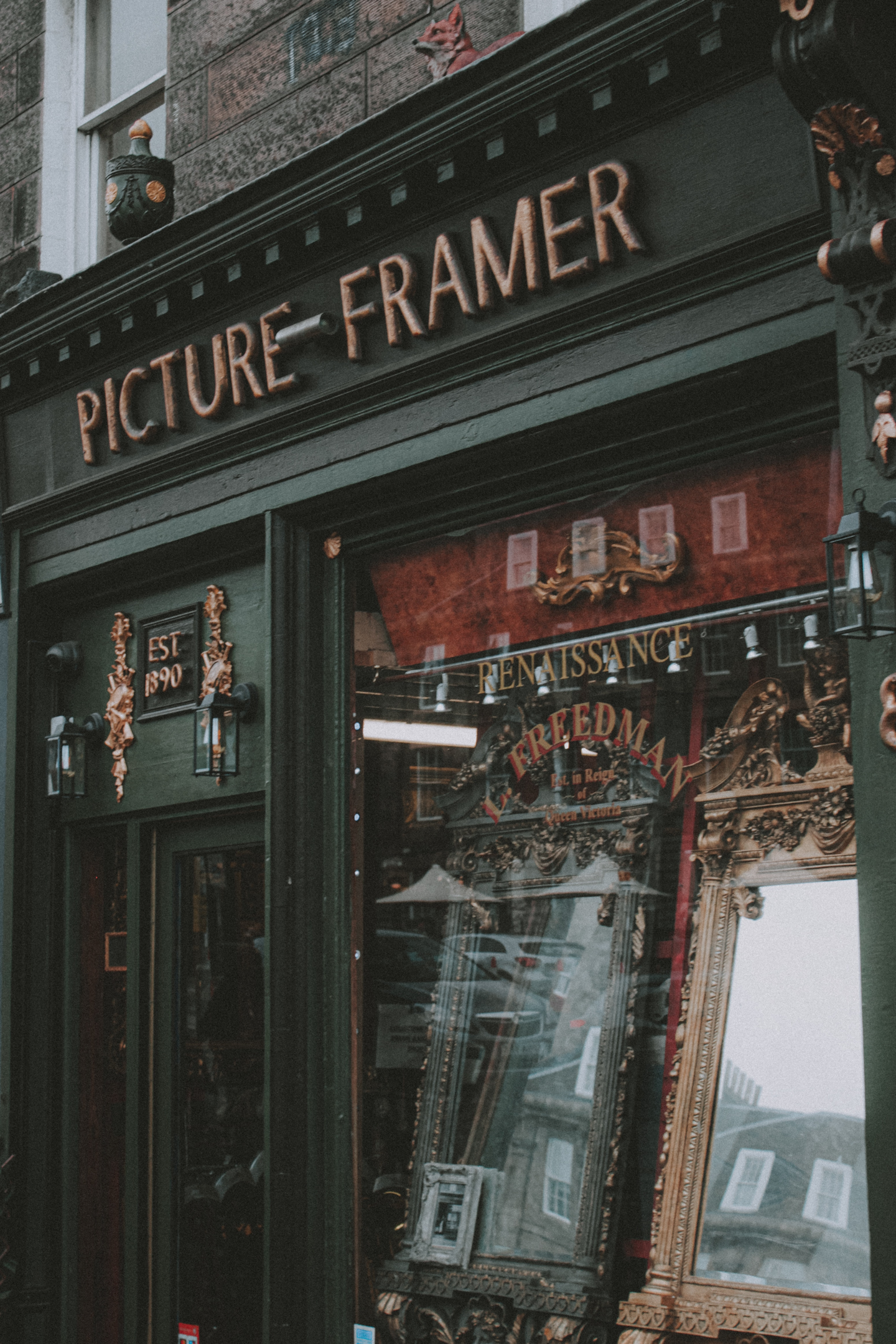
Where should I get my Artwork Framed?
Where to Find Good Frames for Artwork?
You can find good frames for artwork at Hobby Lobby, Michaels, Walmart, (if you're looking for something cheap), and other private framing shops and art supply stores. However, be aware that some private stores can get very expensive. It is often best to shop around and find a good deal on the style of frame that you like.
Hobby Lobby vs. Michaels:

Michaels:
Michaels is one of the most popular retail brands for framers and art dealers alike. Their frames are usually affordable, (if you remember your coupons!), and come in a variety of styles and colors.

Hobby Lobby:
Hobby Lobby is another popular choice for framers and art dealers. They offer a wide range of high-quality frames at budget-friendly prices. In fact, their frames are always 50% off!
Conclusion
Framing artwork is a great way to show off your favorite pictures. It is also a great way to add extra protection and stability to your artwork. While there are many different ways to frame artwork, every one of them is dependent on the style, mood, and size of your art. Choose the best one by using these framing tips to help guide you along the way. After all, the final word on framing comes down to the artist.
